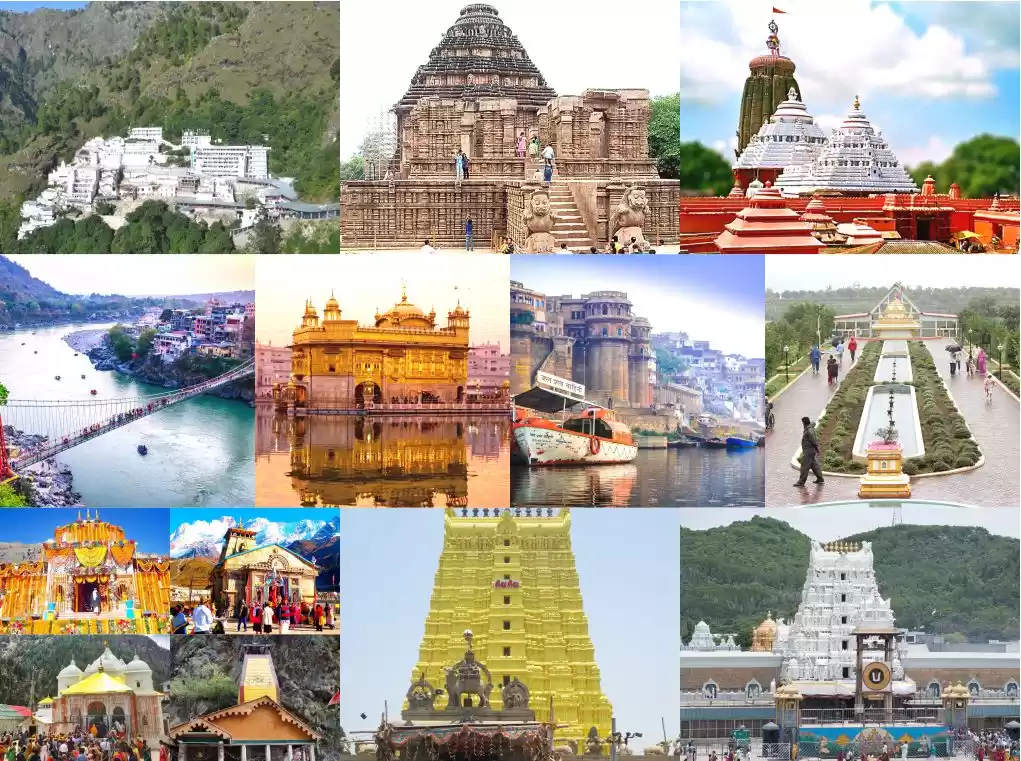Religious and pilgrimage tourism remains one of the oldest and most significant forms of travel, deeply rooted in human history. Even in today’s modern, globalized world, where technology and leisure travel dominate, millions of people continue to journey to sacred places in search of spiritual fulfillment, cultural connection, and personal transformation. This unique form of tourism bridges faith, tradition, and contemporary experiences, shaping societies both spiritually and economically.
At its core, religious and pilgrimage tourism involves travel motivated by faith or a desire to visit sacred sites. Such destinations may include historic places of worship, holy cities, shrines, temples, and festivals associated with spiritual practices. These journeys offer believers the opportunity to express devotion, fulfill religious obligations, seek blessings, or experience spiritual renewal. For many travelers, pilgrimage is not just a physical journey it is a deeply personal and emotional experience.
In the modern world, the scale and diversity of religious tourism have expanded significantly. Improved transportation networks, digital connectivity, and global travel accessibility have made it easier for people to participate in pilgrimages across borders. For example, millions undertake annual pilgrimages to sites like Mecca for Hajj, Vatican City for Christian worship, Varanasi for Hindu rituals, or Jerusalem for mult faith pilgrimages. These destinations attract people from all over the world, fostering inter-cultural encounters and a shared sense of humanity.
Economically, religious and pilgrimage tourism plays a vital role in local and national development. Sacred destinations often stimulate investment in infrastructure such as roads, airports, accommodation facilities, and health services. Local businesses hotels, restaurants, transportation providers, and craft sellers thrive during pilgrimage seasons. In many regions, religious tourism provides stable income streams and job opportunities, contributing to poverty reduction and regional development.
Religious tourism also serves as a powerful cultural preservation tool. Sacred sites are often intertwined with centuries old traditions, rituals, and art forms. Pilgrimages help sustain these cultural elements, ensuring they are passed down to future generations. Many pilgrims also engage with local communities, fostering cultural understanding and respect among people of different backgrounds.
However, religious and pilgrimage tourism in the modern era faces several challenges. Overcrowding at holy sites can strain infrastructure and threaten the preservation of cultural heritage. Environmental concerns, commercialization of sacred spaces, and security issues also require careful management. Furthermore, the balance between maintaining the sanctity of these places and accommodating modern tourism demands is delicate.
To address these challenges, many countries are adopting sustainable pilgrimage tourism strategies. These include visitor management systems, infrastructure upgrades, digital registration for pilgrimages, and environmental protection measures. Technology also plays a growing role virtual tours, online information platforms, and organized travel packages make the pilgrimage experience more accessible and safer.
In conclusion, religious and pilgrimage tourism continues to hold immense significance in the modern world. It not only strengthens spiritual identity and fosters cultural exchange but also contributes to economic growth and heritage preservation. By embracing innovation while respecting sacred traditions, religious tourism can thrive as a meaningful and sustainable aspect of global travel.






